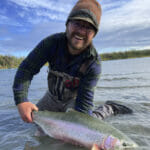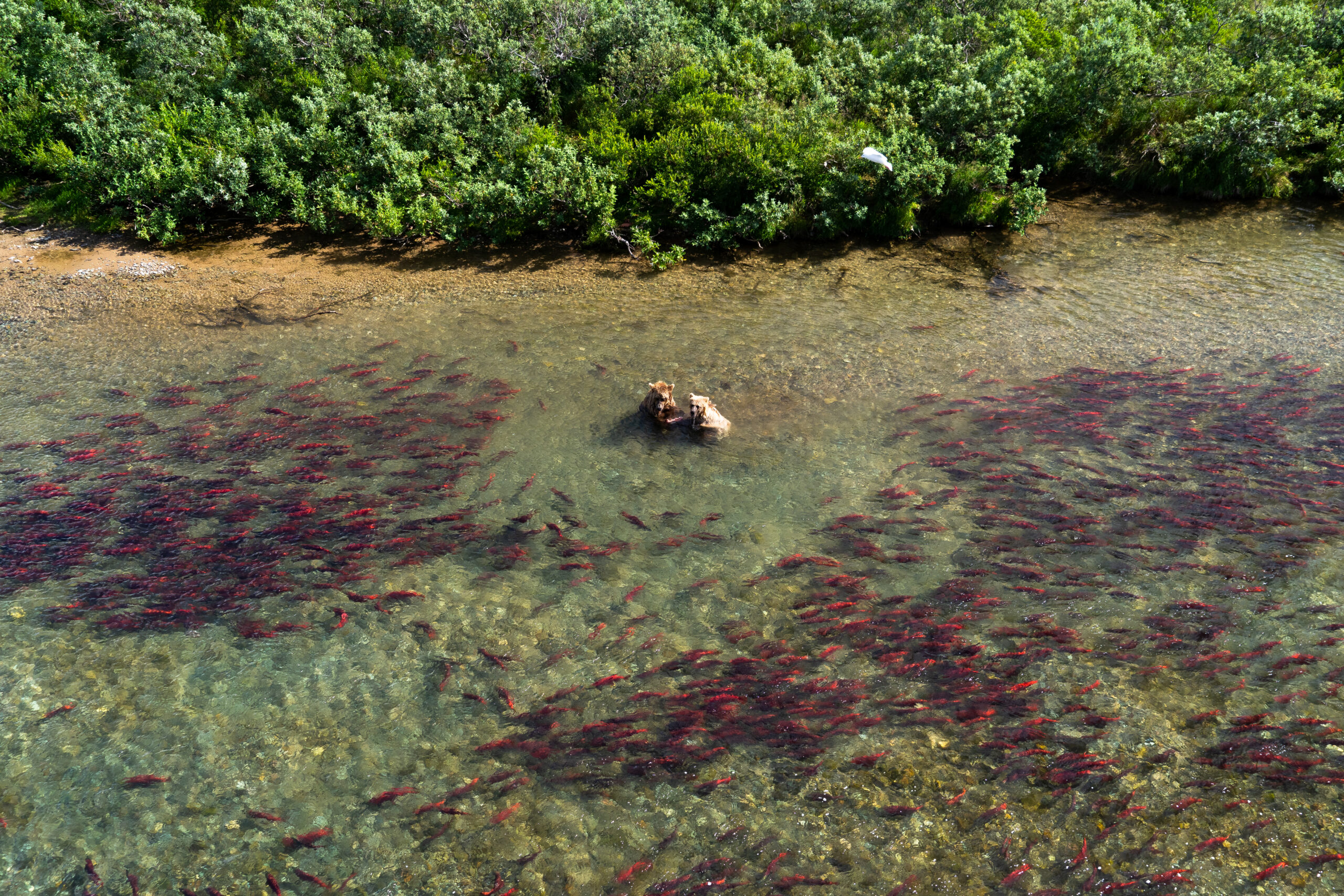Trout Unlimited lawsuit helped push forward EPA Clean Water Act moves
The Environmental Protection Agency is taking a major step forward in finalizing Clean Water Act protections for the Bristol Bay region and its globally significant salmon fisheries.
Now, it’s time to show our support and finally make the protections a reality.
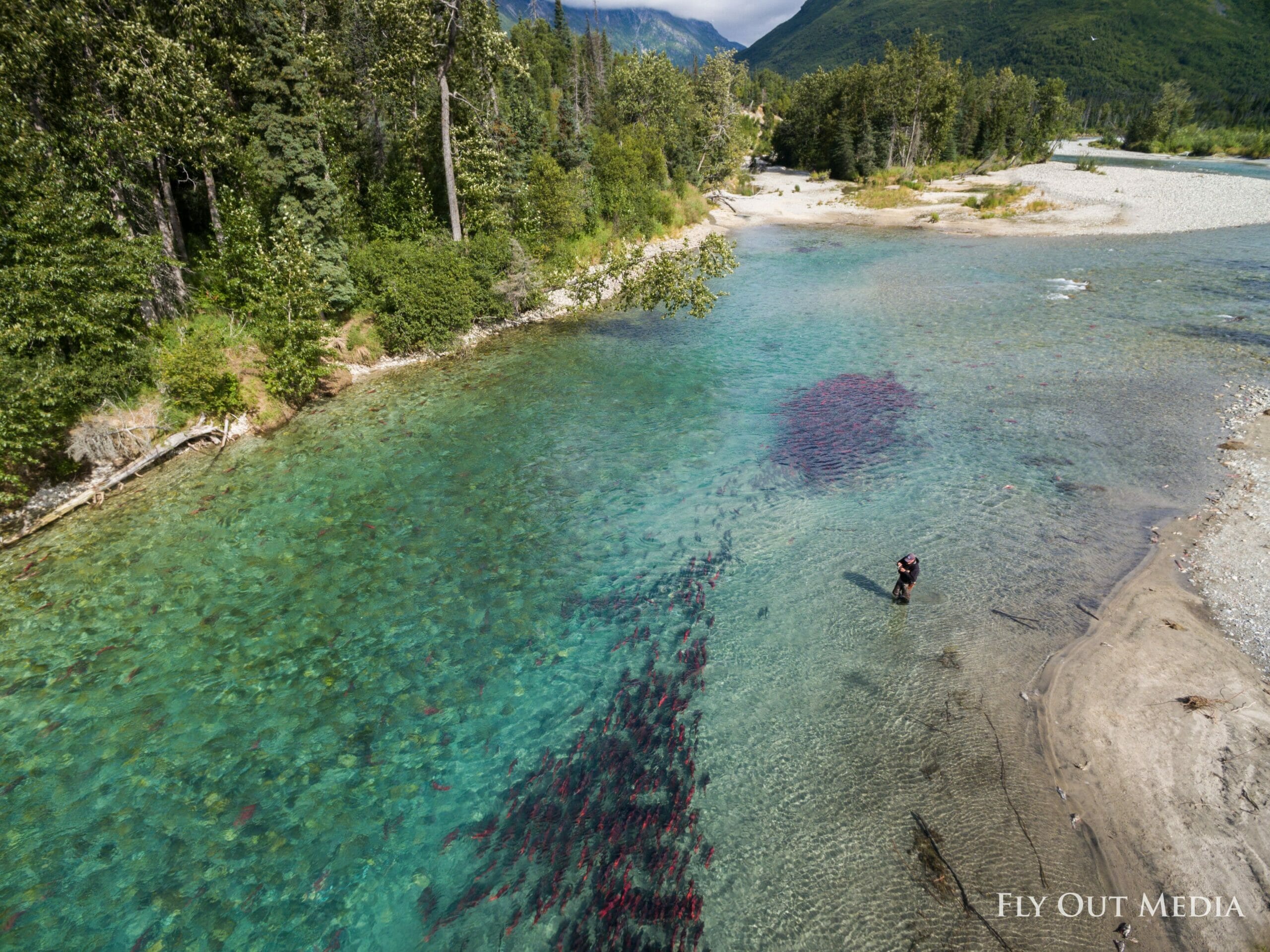
Tell the EPA you support proposed Clean Water Act protections for Bristol Bay!
The EPA this week issued an expanded proposal that would limit mining in Bristol Bay’s headwaters and protect the region’s $2 billion salmon fisheries. For more than a decade, Trout Unlimited has helped mobilize Alaskans and anglers across the country to oppose the proposed Pebble mine in the region. A TU lawsuit played an important role in moving these new Clean Water Act protections forward.
“The Bristol Bay watershed is a shining example of how our nation’s waters are essential to healthy communities, vibrant ecosystems, and a thriving economy,” said EPA Administrator Michael S. Regan. “EPA is committed to following the science, the law, and a transparent public process to determine what is needed to ensure that this irreplaceable and invaluable resource is protected for current and future generations.”
The agency’s new proposal builds on limits first put forward in 2014—but never finalized—covering the site of the proposed Pebble mine. The new protections would prohibit the disposal of mine waste at the proposed mine site and establish additional restrictions on mine waste in the famed North Fork Koktuli, South Fork Koktuli and Upper Talarik watersheds of Bristol Bay.
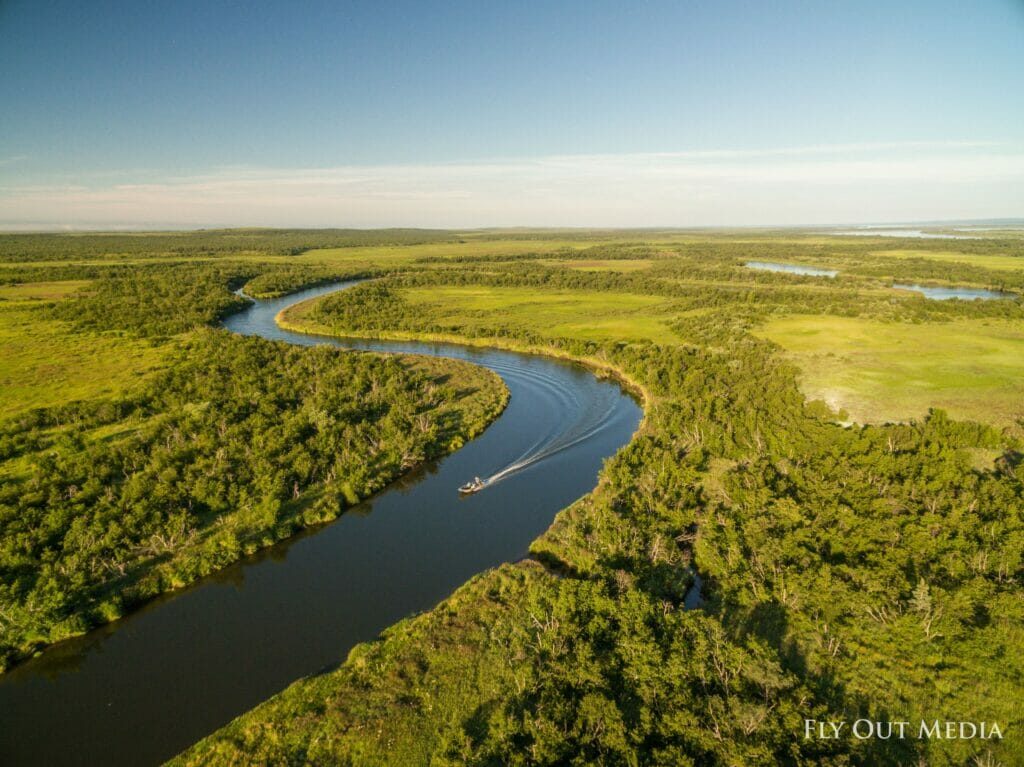
Half the world’s sockeye salmon spawn in Bristol Bay. A record 70 million sockeye are forecast to return this summer.
“We applaud the EPA for taking this step toward protecting Bristol Bay’s wild salmon fisheries and the Alaska communities that depend on them,” said Chris Wood, president and CEO of Trout Unlimited. “There are no good arguments for a large-scale mining operation in the headwaters of some of the world’s best and most critical salmon habitat. The Clean Water Act is designed to safeguard special places like these.”
“We are pleased that the EPA is listening to Alaskans and anglers across the country,” he added, “and acting on the science showing that mining in Bristol Bay would lead to unacceptable impacts on Alaska’s lands and waters.”
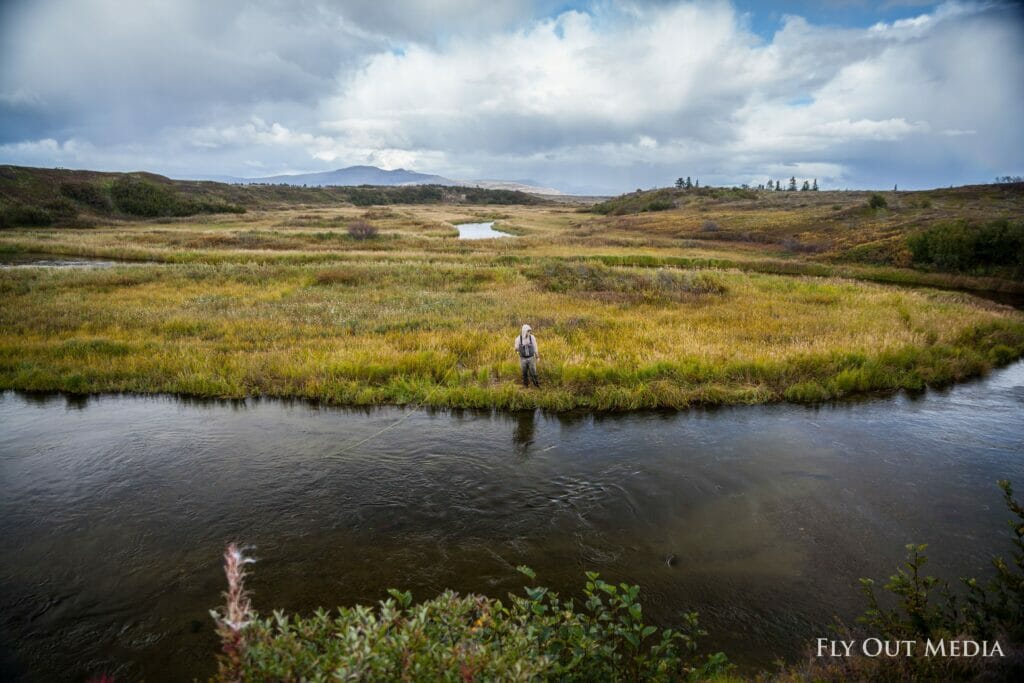
A decade ago, after calls from Alaska tribes, TU, and commercial fishing interests that it act to prevent the impacts of the proposed Pebble mine on the fishery, the EPA conducted multiple rounds of scientific assessment and review. Then, in 2014, it proposed to use its authority under Section 404(c) of the Clean Water Act to safeguard the Bristol Bay region. Section 404(c) authorizes the EPA to impose restrictions where it finds a project “will have an unacceptable adverse effect” on fisheries.
During previous public comment periods Section 404(c) action in Bristol Bay, more than 1.5 million Bristol Bay and Alaska residents joined others from across the country in supporting strong protections for the watershed. But Pebble Limited Partnership sued to delay the process, putting the Clean Water Act process on hold until 2019, when the Trump administration EPA suddenly—and illegally—tried to withdraw the proposal.
TU sued in federal court, and last year the Ninth Circuit Court of Appeals ruled that the agency had violated the Administrative Procedures Act and the Clean Water Act by ignoring the scientific evidence about potential impacts mining on the rivers, streams and wetlands of the Bristol Bay region.
TU’s victory in court put the proposed mining restrictions back in place and required the EPA to restart its 404(c) process to finalize the Clean Water Act protections.
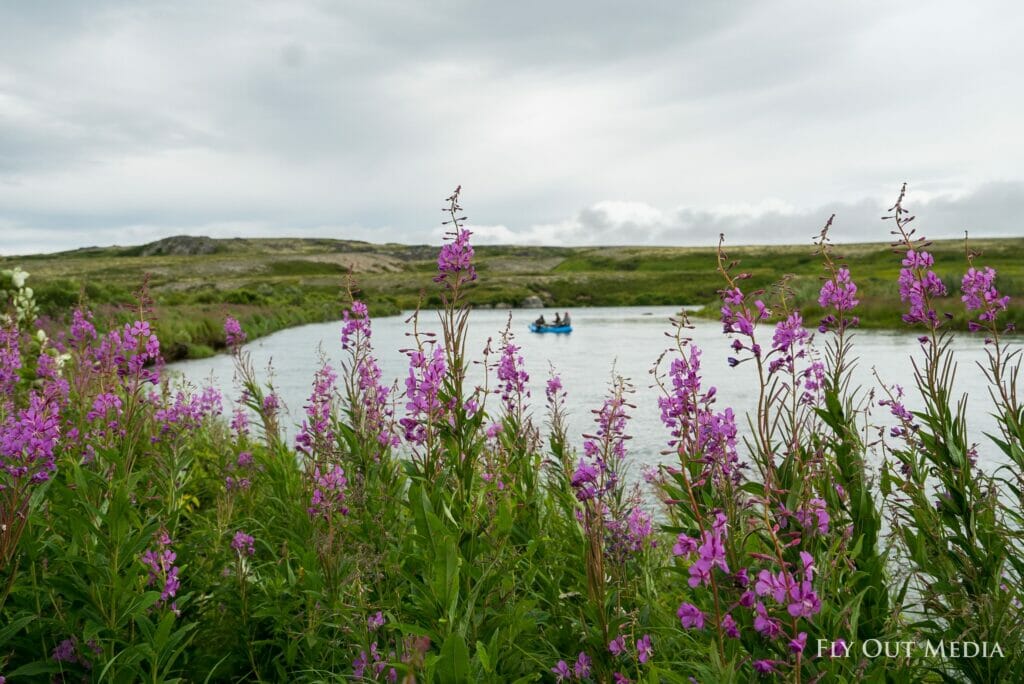
This month, we need to update the public record and make it clear to the EPA that, eight years later, people are as opposed as ever to large mines in the headwaters of a system that supports half the world’s sockeye salmon.
Help ensure that the proposed Pebble mine, or others like it, can’t put the region’s fisheries at risk.
Please take action now by submitting a comment to the EPA, and stay tuned for the next call to action.
Read more in the Washington Post and New York Times.


